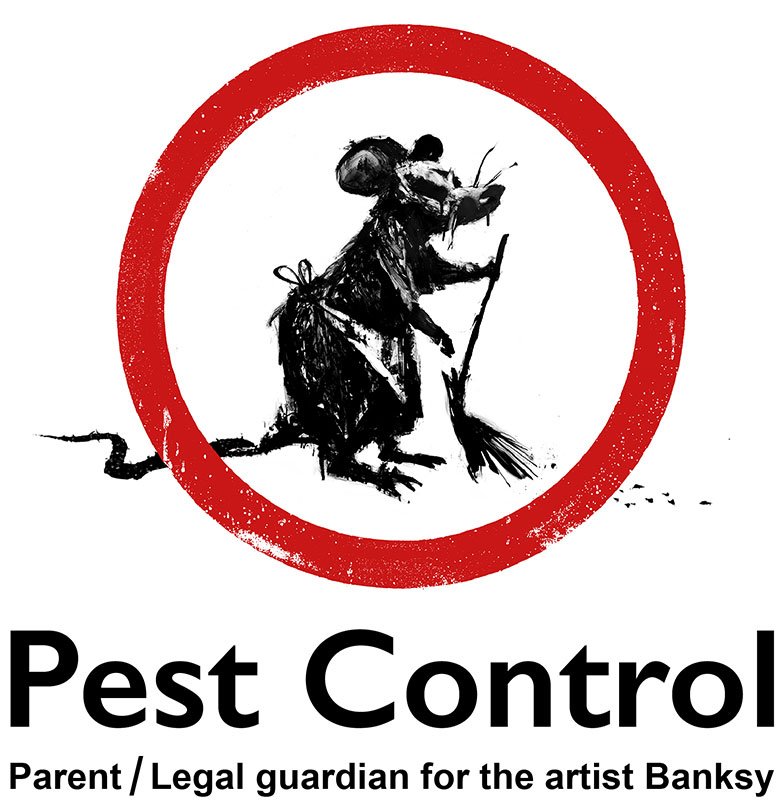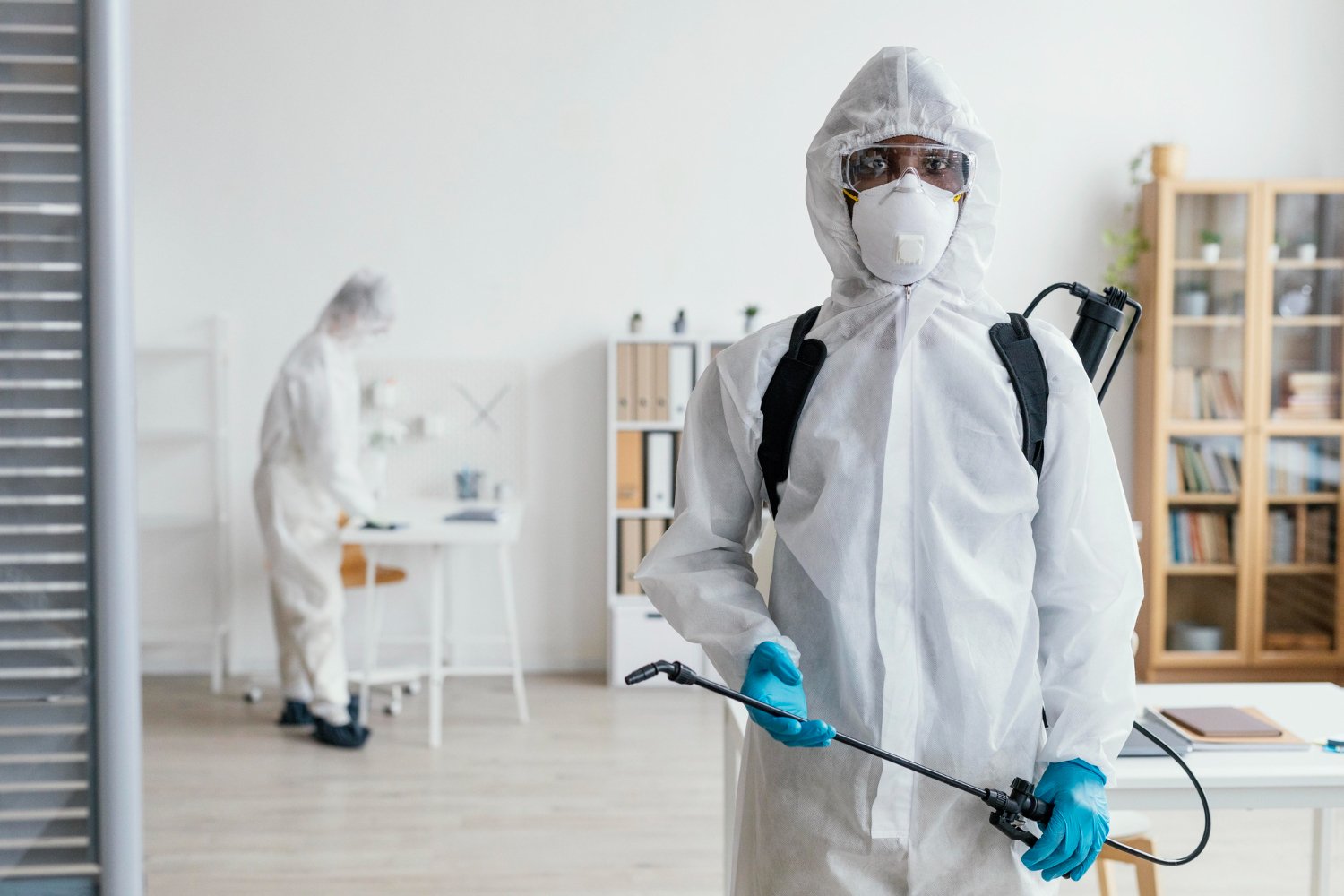Trust Pest Control Lockhart for Durable Pest Prevention
Trust Pest Control Lockhart for Durable Pest Prevention
Blog Article
Checking Out Infestation and Therapy Techniques in the Globe of Bug Control
The landscape of insect control includes a myriad of obstacles, specifically as infestations of common home bugs proceed to advance. By incorporating preventative measures with advanced management methods, such as Integrated Bug Administration (IPM), house owners can much better guard their settings.

Usual Household Pests
When it comes to managing our home, understanding common household pests is essential. These insects not only disrupt our comfort yet can additionally posture wellness dangers and damage residential property. One of the most common home insects include ants, roaches, rats, termites, and bed insects.
Ants, commonly seen foraging in kitchen areas, can contaminate food and establish huge swarms. Cockroaches, known for their resilience, can cause allergic reactions and spread microorganisms. Rodents, consisting of computer mice and rats, can trigger structural damages and bring diseases like hantavirus and salmonella. Termites, often described as "quiet destroyers," can compromise the honesty of wood structures, bring about pricey repair work. Bed insects, although not disease service providers, can trigger significant pain with their attacks and cause psychological distress.
Identifying the indications of these parasites, such as droppings, nests, or bite marks, is essential for very early intervention (Pest Control Lockhart). Appropriate sanitation methods, securing entrance factors, and maintaining a clutter-free setting are effective preventative procedures. By identifying these typical household bugs and understanding their habits, home owners can take proactive actions to mitigate invasions, making certain a healthier living atmosphere
Recognizing Insect Infestations
Bug infestations can intensify swiftly, transforming a minor nuisance right into a substantial problem if not resolved promptly. Comprehending the nature of these invasions is critical for reliable management. Parasites can get into residential and industrial spaces for numerous factors, including the search for food, sanctuary, or reproducing premises. Usual factors adding to invasions consist of inadequate hygiene, architectural susceptabilities, and seasonal changes that drive insects inside your home.
Determining the kind of insect is necessary, as various types exhibit varied behaviors and reproductive prices. Rats may establish nests in hidden locations while bugs like cockroaches thrive in wet settings. Early detection frequently depends upon identifying indications such as droppings, nibble marks, or unusual audios, which can suggest a problem before it becomes extreme.
Cozy, humid climates can assist in the rapid growth of bug populaces, while changes in landscape design or building and construction can inadvertently produce helpful environments. An educated technique to understanding these dynamics lays the groundwork for efficient parasite management techniques in the future.
Therapy Approaches and Techniques
Efficient treatment techniques and methods are vital for minimizing parasite problems and bring back a risk-free setting. A complex approach is frequently best, integrating chemical, organic, and mechanical methods customized to the details parasite and the severity of the infestation.
Chemical treatments include making use of insecticides and herbicides, which can efficiently get rid of insects. Nevertheless, appropriate application and adherence to security guidelines are important to lessen threats to human beings and non-target microorganisms. Integrated Parasite Administration (IPM) motivates the cautious use chemicals as a last option, counting rather on tracking and threshold levels to Continued establish treatment requirements.
Biological control approaches include presenting natural predators or bloodsuckers to reduce parasite populations. This strategy is progressively popular, specifically in agricultural setups, as it promotes ecological sustainability.
Mechanical methods, such as catches and barriers, supply immediate remedy for pests without presenting chemicals. Alternatives include sticky catches for insects or physical obstacles for rodents.
Eventually, the selection of treatment technique must consider the certain pest, the atmosphere, and possible effects on human wellness and communities. A well balanced combination of these techniques can properly manage invasions while advertising long-term insect control options.
Preventive Steps for Residence
Proactively addressing insect problems prior to they rise is vital for preserving a healthy and balanced home setting (Pest Control Lockhart). Implementing efficient look at this now safety nets can significantly decrease the probability of problems, inevitably guarding both your home and wellness

Correct landscape design likewise plays a vital duty in avoidance. Maintaining hedges and trees trimmed away from your house lowers the chances of pests finding their way inside. Ensure that water drainage systems are working efficiently to prevent standing water, which can attract in mosquitoes and other pests.
Finally, routine examinations are a good idea. On a regular basis looking for signs of parasite activity permits very early intervention. By taking on these safety nets, home owners can produce an environment that is much less hospitable to parasites, thus boosting their general quality of life and minimizing the need for considerable insect control treatments.
Commercial Parasite Control Techniques
A thorough method to business insect control is crucial for companies intending to maintain a risk-free and sanitary environment. Efficient strategies include a mix of regular evaluations, staff member training, and the implementation of Integrated Bug Monitoring (IPM) practices.
Routine examinations enable early discovery of parasite activity, allowing for prompt intervention. Companies need to create a routine schedule for these evaluations, concentrating on risky areas such as kitchens, storage spaces, and garbage disposal websites. Staff member training is equally crucial; staff ought to be informed on the indicators of parasite infestations and the significance of reporting them promptly.
Applying IPM techniques aids mitigate pest issues sustainably. This includes habitat modification, such as sealing entry points and decreasing clutter, as well as employing natural deterrents before resorting to chemical treatments.

Moreover, collaborating with a licensed pest control service provider guarantees access to specialist expertise and innovative therapy choices. This partnership can lead to customized parasite control intends customized to the certain needs of business, minimizing threats and boosting general efficacy. Ultimately, an aggressive and educated method fosters a pest-free setting, securing both public health and wellness and business reputation.
Verdict
In final thought, reliable insect control requires a comprehensive understanding of common family pests and their habits, paired with targeted therapy methods. Carrying out preventative steps together with therapy strategies such as Integrated Insect Administration and organic control enhances the ability to alleviate problems.
Report this page